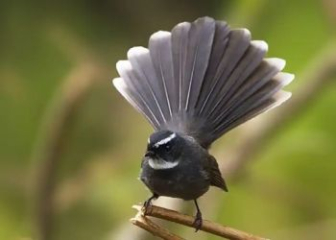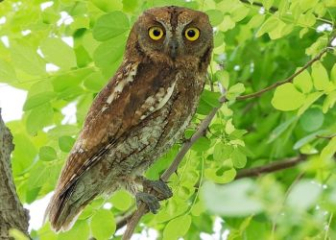Red Lory Parrot - Characteristics, habits, how to raise this funny parrot
Blog | by
Red Lory Parrot - a bright red parrot, friendly, intelligent, likes to live in pairs, likes to eat nectar and does not like to eat hard seeds.
The Red Lory Parrot is one of the most popular pet parrots today thanks to its bright red feathers and intelligent, friendly personality. Although this is a bird endemic to Indonesia, it is now widely raised around the world, including Vietnam. If you want to own a small, beautiful parrot with an interesting personality, the Red Lory is not a bad choice.
With nicebirds, learn more about the Red Lory parrot from its origin, training to raising instructions to see if they are really suitable for you!
Red Lory Parrot Information :
|
Scientific name |
Eos bornea |
|
Common name |
Red Lory, Moluccan Lory, Red Moluccan Lory |
|
English name |
Red Lory |
|
Source |
Endemic to the Moluccas, Indonesia |
|
Set |
Psittaciformes - Parrots |
|
Surname |
Psittaculidae |
|
Size |
About 30 cm |
|
Lifespan |
20 - 30 years if well cared for |
Origin of the Red Lory Parrot

The scarlet lory is a parrot endemic to Indonesia.
The Red Lory Parrot, also known as the Red Lory Parrot, Moluccan Lory, has the scientific name Eos bornea. This is an endemic parrot species that only appears in the wild in Indonesia, especially the Moluccas Islands (Maluku) such as: Ambon, Haruku, Seram and some neighboring islands.
In the natural environment, they often live in tropical rainforests, mangrove forests and fruit growing areas. They prefer to live in low to medium altitudes with many fruit trees.
Thanks to their brilliant beauty, good adaptability and easy taming, red Lory parrots are widely traded in the global bird market, including Vietnam.
Red Lory Parrot Appearance

The colorful appearance of a Red Lory parrot.
Let's learn more about the appearance of the Red Lory parrot to see why they are considered one of the most beautiful and outstanding parrot species.
Size and shape :
- Length : 30 cm (including tail)
- Wingspan : 40 - 45 cm
- Weight : 150 - 180g
- Shape : Slender, muscular, agile.
Color :
- The whole body is bright red in the sunlight.
- The wings and tail have additional dark blue or purple patches, dotted with some orange, yellow or black stripes depending on the individual.
- Large, curved beak is orange or orange-red in color.
- Dark brown eyes look very sharp.
- The tail is long, pointed at the end and is a darker red than the body.
- Strong legs, with sharp, flexible claws.
Distinguishing between male and female Lory parrots :
-
They cannot be distinguished by the naked eye because they look very similar, and can only be distinguished by DNA testing.
Red Lory Parrot Behavior and Habits

Two red lories are preening each other.
Let's learn in detail about the habits and behavior of the Red Lory parrot to better understand the personality and living habits of this lovely parrot.
Lively, cheerful
Red Lories are super active and curious parrots. They never stay in one place for long and will often find ways to explore everything around them, including your fingers. They also love to climb or swing on ropes, wooden bars and can even do circus tricks.
Therefore, when keeping this parrot in captivity, you need to prepare a lot of toys so that they do not feel bored and stressed.
Is a rather noisy parrot
Red Lories love to chatter or chirp loudly all day long. Because of this, they have the ability to "imitate" voices very quickly and like to repeat newly learned words for their own pleasure.
Therefore, you need to consider before raising this parrot if you cannot stand your "winged friend" talking all day long.
Smart & friendly
Although Red Lories do not have the ability to speak as well as Macaws, they can still imitate sounds and human voices if trained regularly. They easily learn basic commands such as climbing on your hand, stepping on your shoulder or even returning to their cage...
This parrot is also very friendly, likes to be close to humans, likes to be petted, played with and even shows its emotions very clearly: when happy it jumps around, when sad it hides in its cage, when angry it fluffs its feathers, screams loudly and even bites the owner's hand.
Like to live in pairs
In the wild, Red Lories usually live in pairs or small groups. They always have a "strong" bond with their mate.
So when raising this parrot, you should choose to raise them in pairs so they can play, groom each other, or even eat and sleep together.
Do not like to eat hard seeds
Unlike most other parrots, scarlet lories do not like to eat hard seeds, instead they will mainly eat nectar, pollen and fruit juices.
They will use their special "hairy" tongue to find honey, which looks very cute.
Instructions for raising red Lory parrots from A to Z
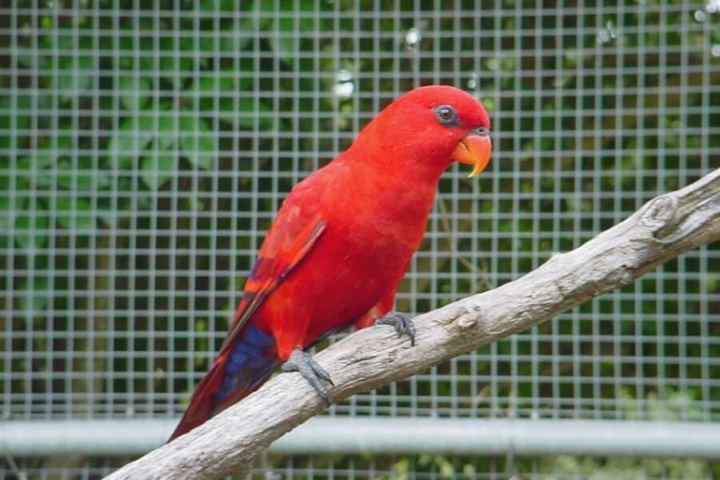
Image of a red lory parrot being raised in a cage.
Although Red Lory parrots are quite easy to raise and friendly, if you want your parrot to be tamed quickly, develop well and have the most colorful feathers, don't miss the guide to raising Red Lory parrots from A to Z shared below!
Choosing a Healthy Red Lory Parrot
First, you need to choose to buy healthy red Lory parrots with clear origins so they can develop best.
A healthy red lory parrot should meet the following requirements:
- Smooth fur, no tangles, no shedding
- Bright, alert eyes
- Even beak, strong legs
- Lively, sings a lot
Prepare the ideal cage and living space
Next, after choosing a satisfactory parrot, you need to prepare a cage and an ideal living space to help the Red Lory parrot quickly adapt and develop well. Please pay attention to the following issues when designing a cage for this parrot.
- Cage size : Minimum 60 x 100 x 100 cm for 1 pair of parrots.
- Cage material : Choose stainless steel or powder coated metal and make sure it is sturdy because the red lory parrot has a habit of chewing and destroying the cage.
- Cage decoration : Food and water trays are securely fixed and don't forget to place lots of chew toys, swings, climbing ropes and perches for your parrot to have fun.
- Cage location : Place in a dry, quiet place, avoid direct sunlight, strong winds, dust, and loud noises.
- Cleaning the cage : Remove leftover food, change water daily, clean the cage regularly, and wash the litter tray to keep a clean environment.
Appropriate diet
As shared above, red lory parrots do not like to eat hard seeds, they like to suck nectar, so when keeping them in cages, you should feed them the following foods.
- Main food : Artificial nectar mixed with water
- Supplemental food : Sweet soft fruits such as papaya, banana, mango, green vegetables
- Drinking water : Drink clean, chlorine-free filtered water that needs to be changed daily.
- Foods to avoid : Hard nuts, avocado, chocolate, onions, garlic because they can be toxic to parrots.
Interaction & Training
Because Red Lory parrots are very active and quite attached to people, you need to spend a lot of time interacting and training to "shape" your parrot into a good shape.
- Spend 1 - 2 hours every day talking, playing and interacting with parrots.
- Teach basic commands such as calling name, climbing on hand, shoulder, not screaming loudly, not biting hand,...
- Use positive teaching methods that use rewards to encourage instead of yelling or threatening.
Prevention & treatment of diseases for red lory parrots
Preventing and treating diseases for Red Lory parrots is very important that you need to know to help your parrot stay healthy and live as long as possible.
Optimal disease prevention :
- Clean cage, food tray, water tray every day.
- Clean up feces and change bottom paper regularly every 2-3 days.
- Provide a balanced, clean and optimal diet. Absolutely do not eat leftovers, crushed fruit,...
- Every day, you should let your parrot bask in the early morning sun for 15 - 20 minutes.
- Should be kept in pairs so that parrots do not feel bored and stressed.
- Spend time interacting and playing with your parrot.
- Observe the parrot's feathers, behavior, and eating habits every day to detect any unusual signs and promptly take action.
How much is a red lory?
Currently, red Lory parrots are sold in the Vietnamese market at a fairly high price compared to other common ornamental birds, ranging from 11,000,000 VND - 15,000,000 VND for parrots with beautiful appearance, tame and clear origin.
However, there will be some channels selling red Lory parrots at cheaper prices such as on Cho Tot or Facebook groups, but you need to consider and check carefully to avoid buying the wrong parrot that is not beautiful or healthy.
Beautiful red lory parrot pictures. lovely
Please enjoy the entire collection of super cute and beautiful Red Lory parrot photos that we have collected below to understand why this parrot is so loved.
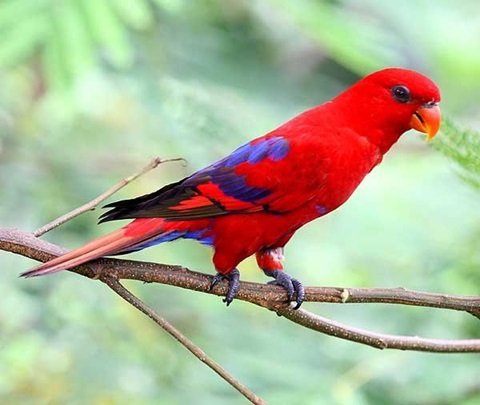
A red lory parrot is perched on a tree branch.
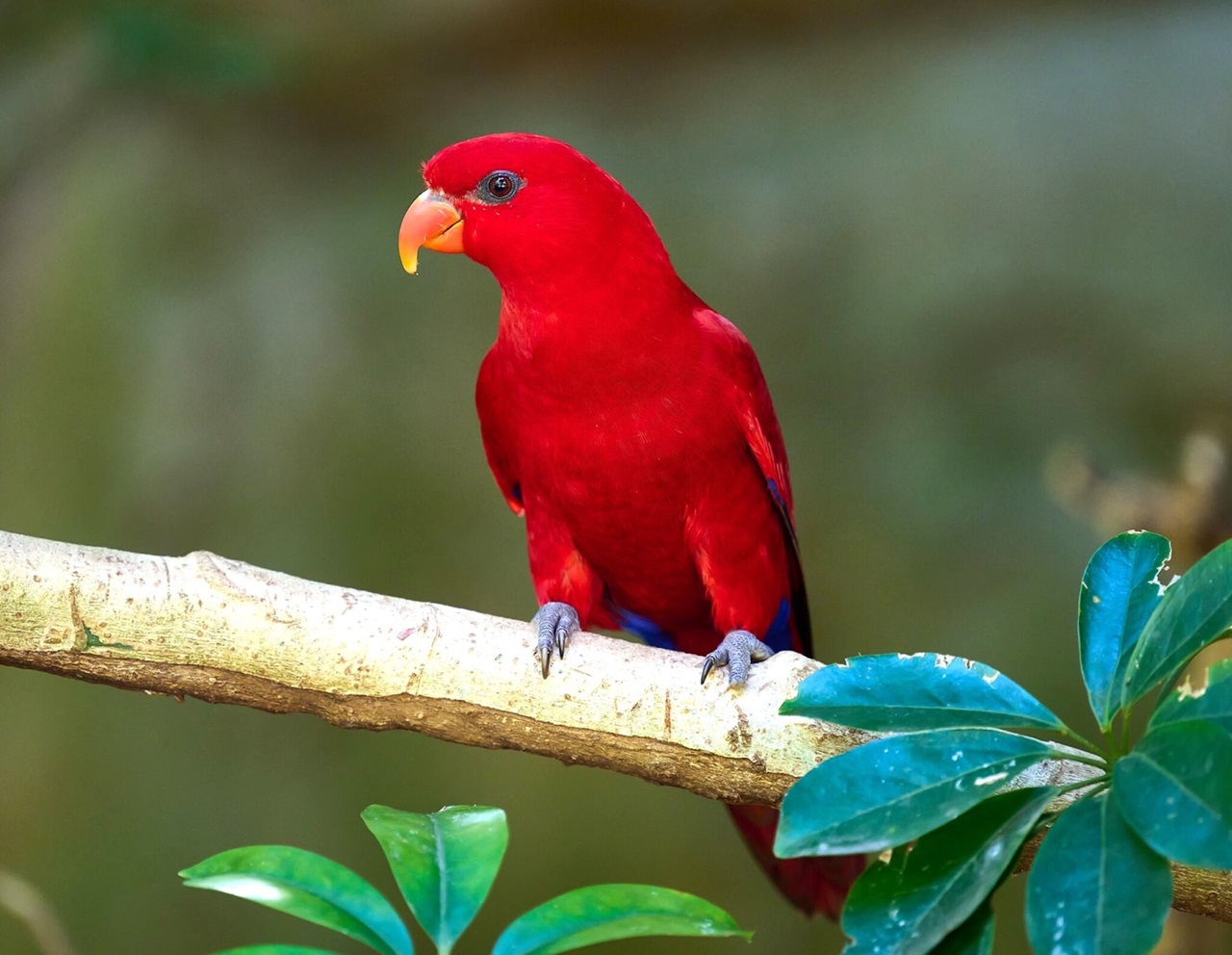
A very pretty and striking red Lory parrot.

A pair of red lory parrots in the wild.
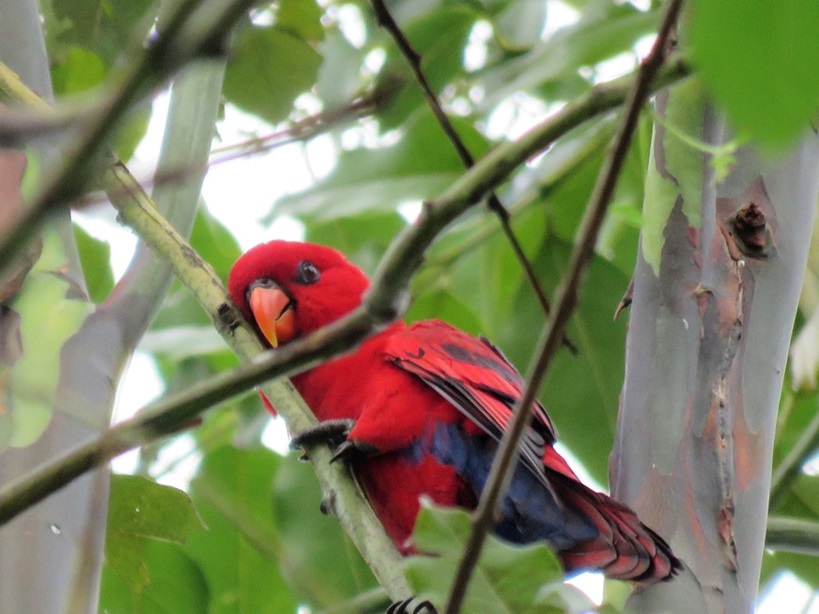
A red lory parrot is climbing on a high tree branch.

Red Lory parrots love to live in pairs.
With its brightly colored feathers, lively and agile temperament and amazing “mimicry” ability, the Red Lory will definitely be an extremely interesting “winged friend” for bird lovers. Hopefully, the information that nicebirds.net shares above will help you better understand this lovely parrot species.
If you want to learn more about other pet birds, please visit our Blog section to read more articles!

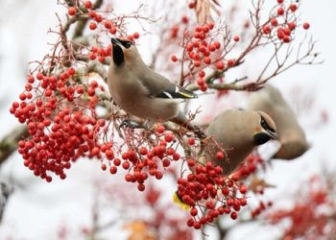

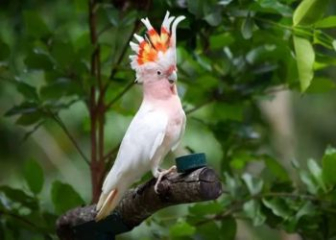
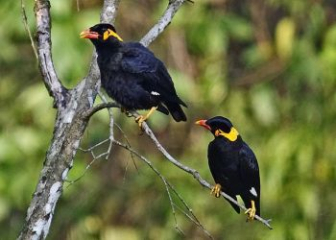
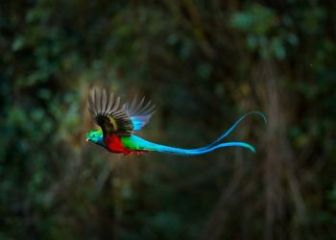





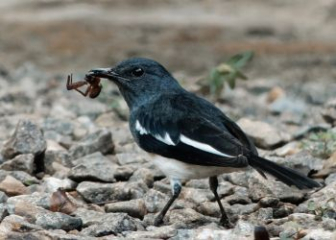
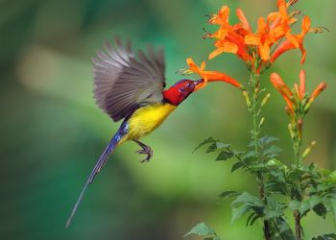


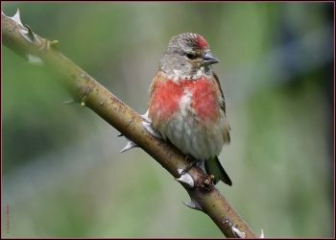
_350x250.jpg)
